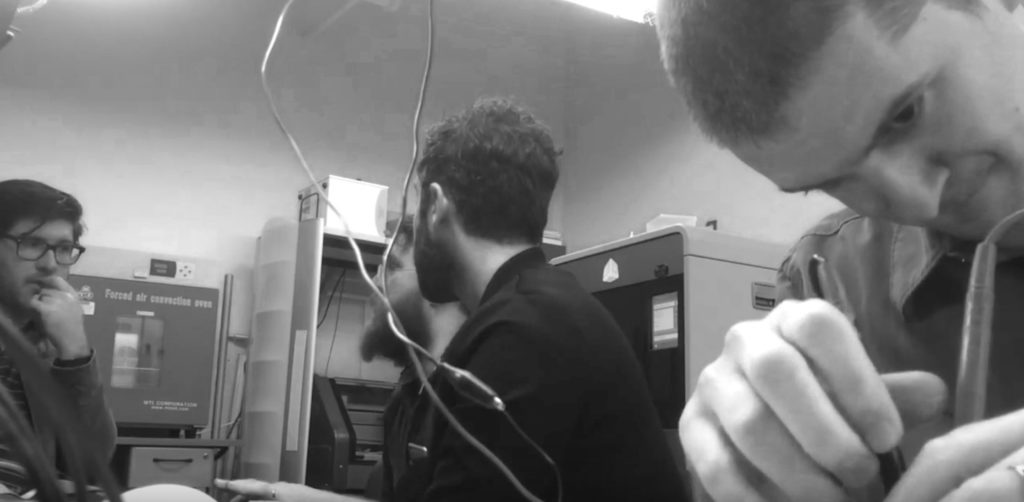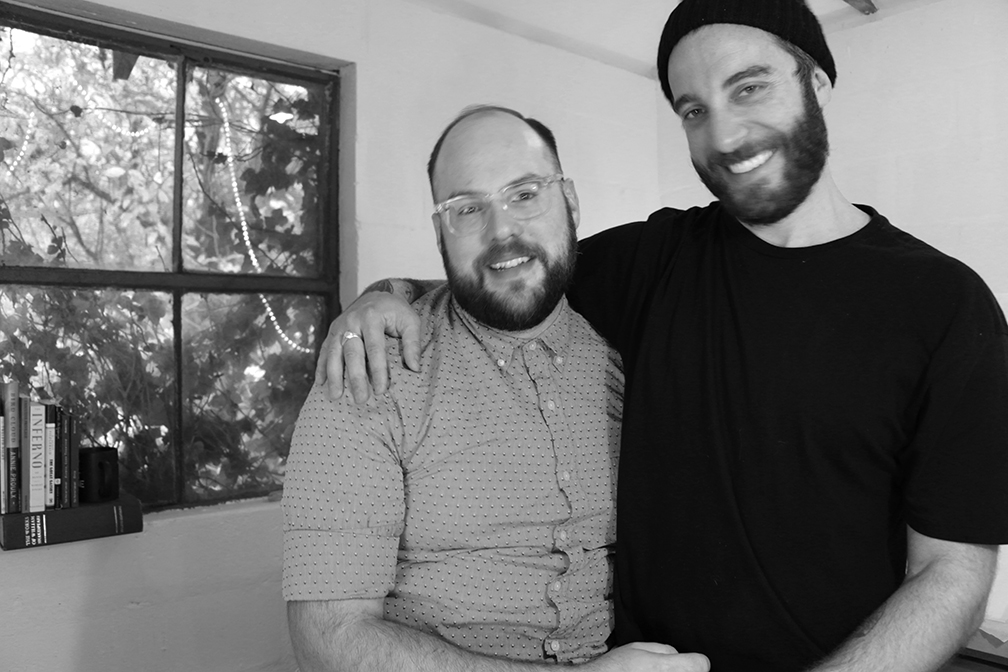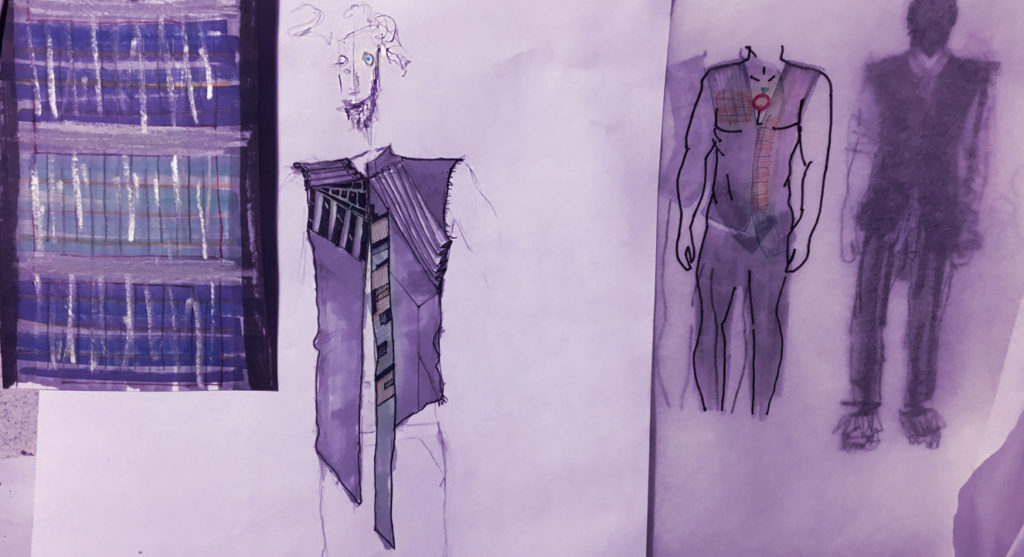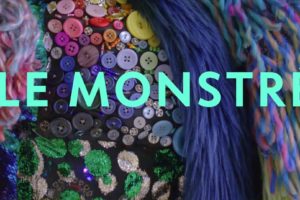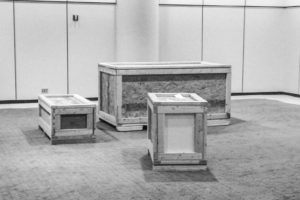Those of you who are interested in the ways wearable technology can facilitate interdisciplinary collaboration might be interested in this paper. It walks through some theory that has framed the way I am approaching collaborations.
In Harmony: Making a Wearable Musical Instrument as a Case Study of using Boundary Objects in an Interdisciplinary Collaborative Design Process
Clint Zeagler, Maribeth Gandy, Scott Gilliland, Delton Moore, Rocco Centrella, Brandon Montgomery. Proceedings of the 2017 Conference on Designing Interactive Systems, 369-378 ACM 2017
Abstract:
Working on a wearable technology interdisciplinary project team can be challenging because of a lack of shared understanding between different fields, and a lack of ability in cross-disciplinary communication. We describe an interdisciplinary collaborative design process used for creating a wearable musical instrument with a musician. Our diverse team used drawing and example artifacts/toolkits to overcome communication and gaps in knowledge. We view this process in the frame of Susan Leigh Star’s description of a boundary object, and against a similar process used in another musical / computer science collaboration with the group Duran Duran.
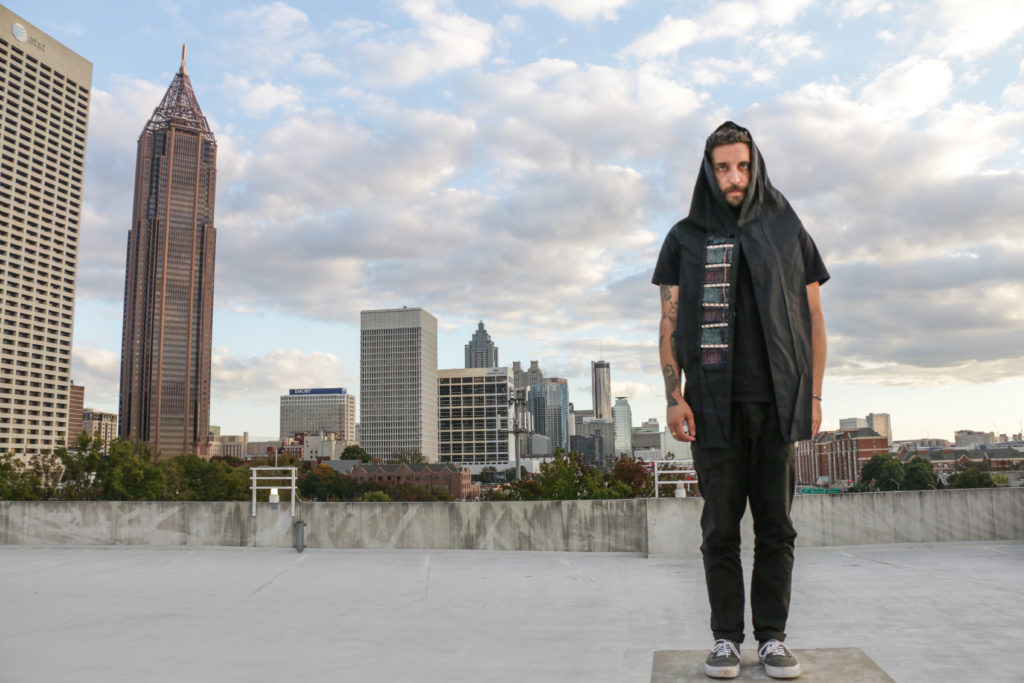
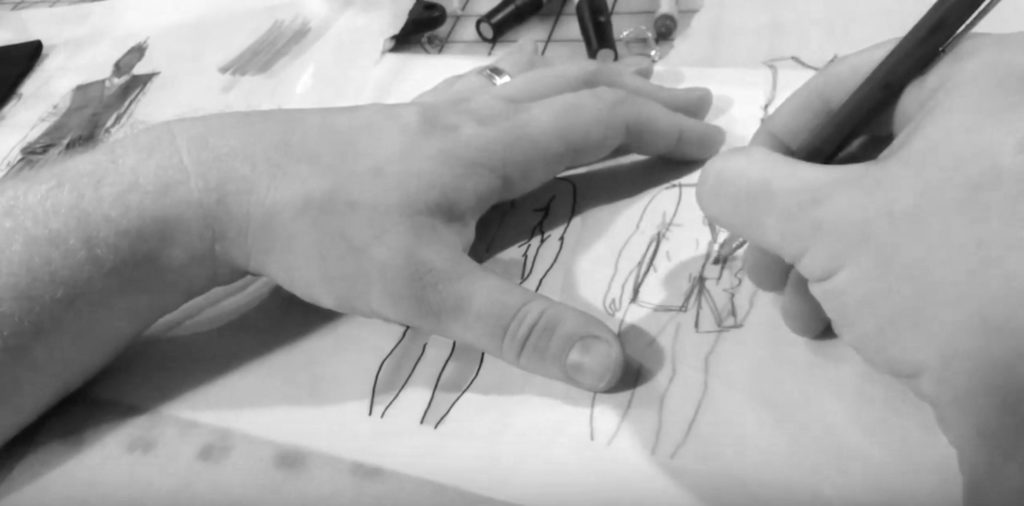


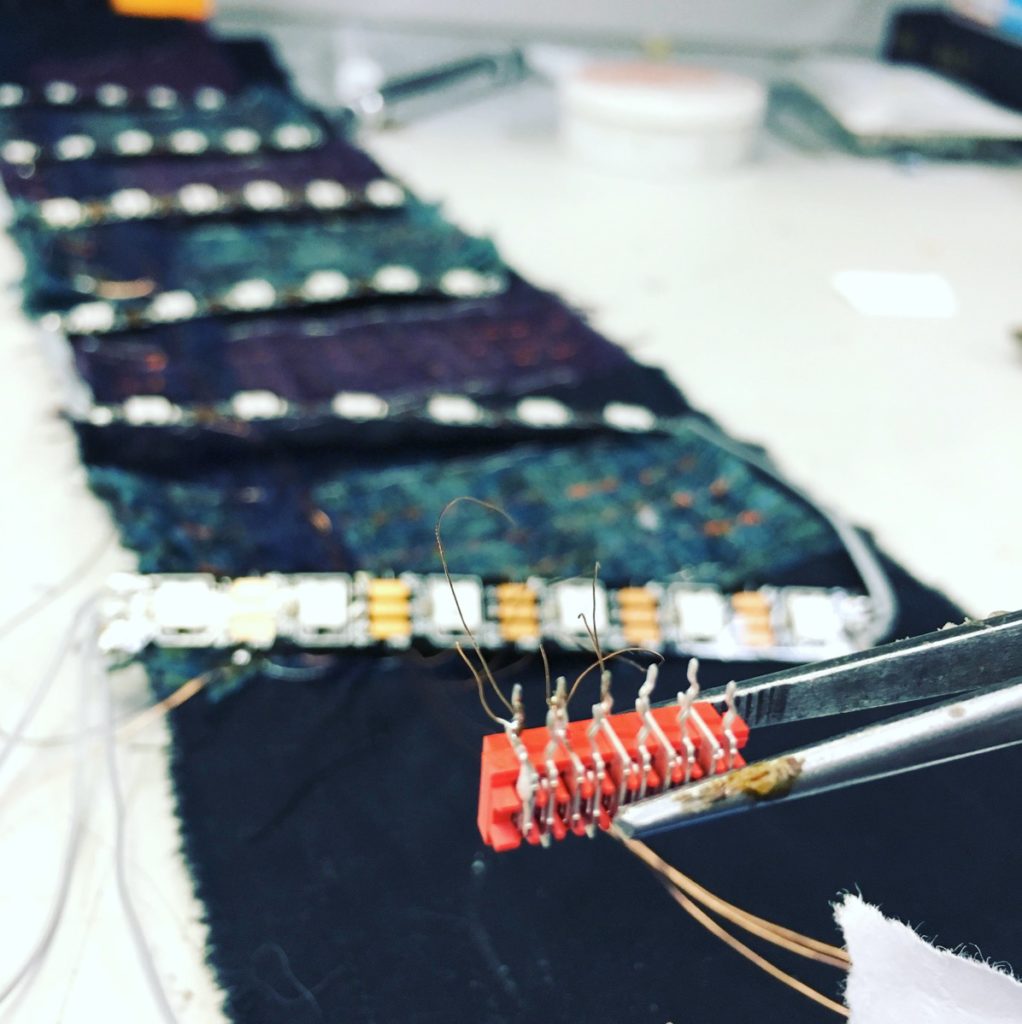
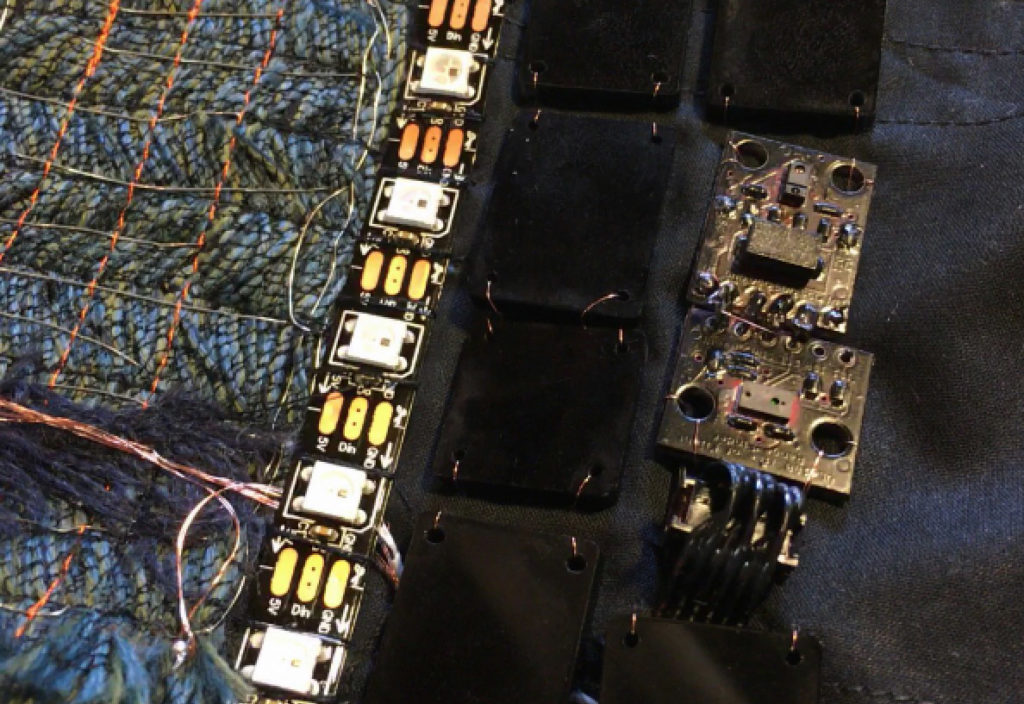
What was so great about this project is that I was able to work with not only my colleagues but also friends in a case study to use this boundary object framework. These friends and even my husband became co-authors on the paper in a true collaborative spirit. This is the first paper that I have written that deals mostly with theory and process, rather than user studies and quantitative evidence surrounding human factors. It feels especially good that it was received so well at DIS 2017 garnering an honorable mention within the top 5% of all 400 papers submitted.

